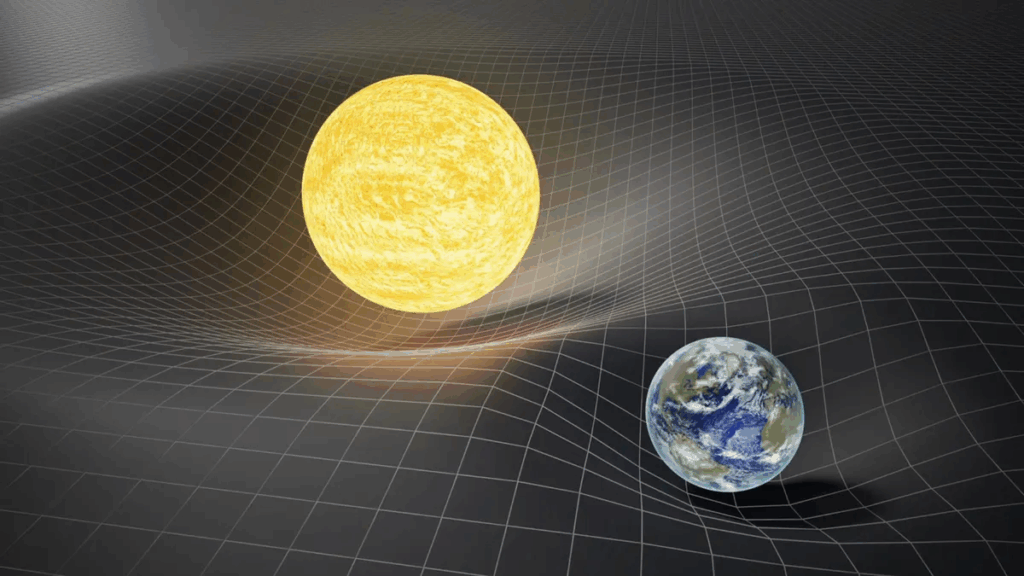
Gravity is one of the most fundamental forces in the universe, responsible for the structure and dynamics of everything from falling apples to the orbits of galaxies. Over the centuries, our understanding of gravity has evolved significantly, from the classical views of Isaac Newton to the groundbreaking insights of Albert Einstein, and even further into modern theoretical physics. In this article, we will explore the major theories of gravity and how they have shaped our understanding of the cosmos.
Newton’s Law of Universal Gravitation
In 1687, Isaac Newton published his work Philosophiæ Naturalis Principia Mathematica, introducing the Law of Universal Gravitation. According to Newton, every object in the universe attracts every other object with a force that is proportional to the product of their masses and inversely proportional to the square of the distance between them:
F = G (m₁m₂) / r²
This equation accurately described the motions of planets and moons, forming the foundation of classical mechanics. Newton’s model treats gravity as a force acting instantaneously across space, a concept that worked well at the time but raised questions as physics progressed.
Einstein’s General Theory of Relativity
In 1915, Albert Einstein revolutionized physics with his General Theory of Relativity. Unlike Newton, Einstein proposed that gravity is not a force but rather the curvature of space-time caused by mass and energy. According to general relativity, massive objects like the Sun warp the fabric of space-time, and other objects move along paths determined by this curvature.
The equations of general relativity have been confirmed through numerous experiments and observations, including the bending of light around stars, time dilation near massive bodies, and the recent detection of gravitational waves.
Quantum Theories of Gravity
Despite its success, general relativity is incompatible with quantum mechanics, the theory that governs the behavior of particles on the smallest scales. This has led physicists to search for a quantum theory of gravity—one that unifies general relativity with quantum physics.
Several approaches have been proposed:
- String Theory: Suggests that particles are not point-like, but rather one-dimensional “strings” vibrating at different frequencies. Gravity emerges naturally in this framework through the graviton, a hypothetical quantum particle.
- Loop Quantum Gravity: Attempts to quantize space-time itself using loops and networks, preserving many of the geometric aspects of general relativity.
- Emergent Gravity: Proposes that gravity is not a fundamental interaction but an emergent phenomenon arising from deeper quantum processes or information theory.
Alternative Theories and Dark Matter
As astronomers observed anomalies in galaxy rotations and cosmic expansion, they proposed the existence of dark matter and dark energy to explain the discrepancies. However, some physicists argue that these might indicate limitations in our understanding of gravity itself.
Modified Newtonian Dynamics (MOND) and other alternative gravity models attempt to explain cosmic phenomena without invoking dark matter. While intriguing, these theories often struggle to match the full range of observations as well as general relativity does.
Conclusion
Gravity remains one of the most captivating and challenging forces in physics. From Newton’s elegant formula to Einstein’s warping of space-time, and onward to speculative quantum models, the story of gravity reflects the ongoing human quest to understand the universe at every scale. As technology advances and new data emerges, we may be on the brink of yet another paradigm shift in our comprehension of gravity.